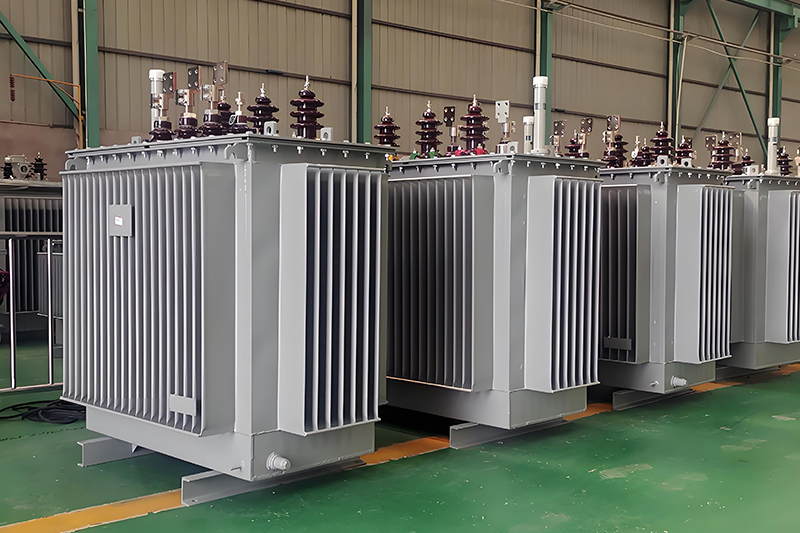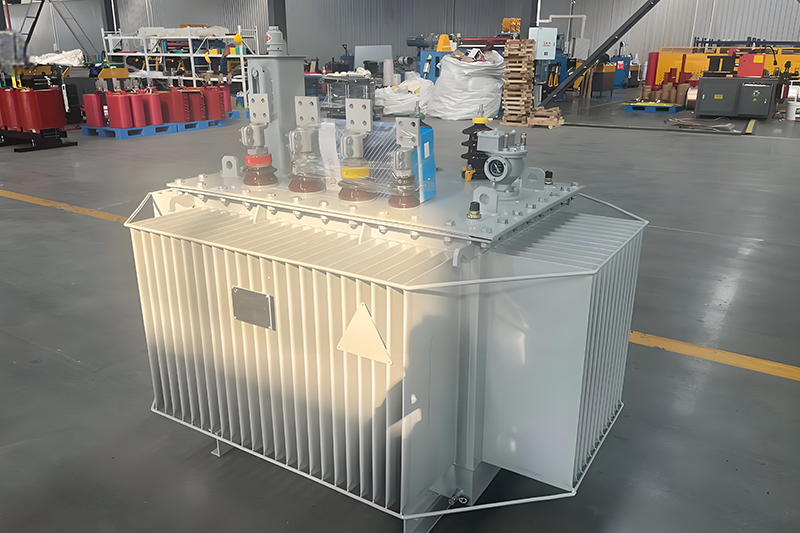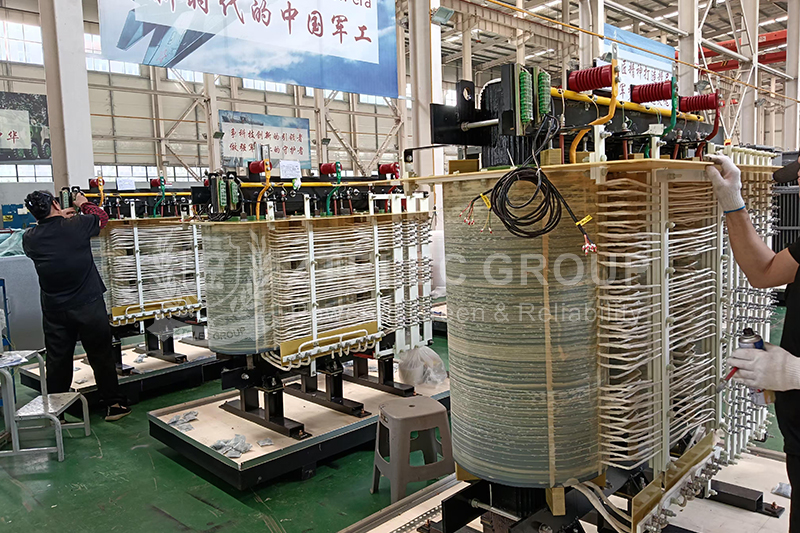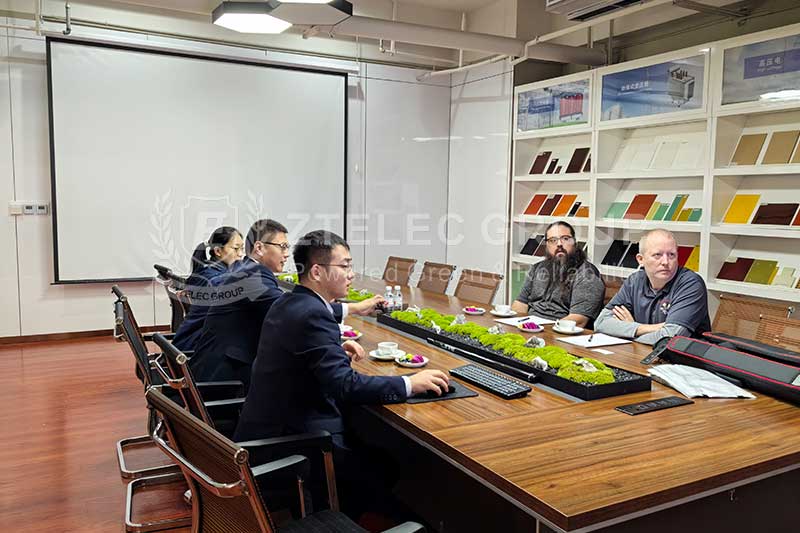Why Oil Type Transformers Are Still a Core Component of Power Transmission
Transformers play a crucial role in power transmission and distribution systems, enabling voltage regulation to ensure safe and efficient electricity delivery to homes, industries, and infrastructure. Among various transformer types, oil type transformers remain widely used. But what makes them so advantageous in the power industry? This article analyzes the key reasons behind their enduring popularity.

1. Excellent Insulation and Heat Dissipation
Oil type transformers excel in both insulation and heat dissipation:
Insulation
Transformer oil has a much higher dielectric strength than air, allowing for reduced insulation distances between high-voltage coils, between coils and the core, and between the coils and oil tank. This makes oil-immersed transformers more compact than dry-type transformers at the same voltage and capacity.
Heat Dissipation
During operation, transformers generate significant heat due to copper and iron losses. Transformer oil efficiently transfers this heat:
Convection: Heated oil circulates naturally, moving heat from the coils and core to the oil tank.
External cooling: Heat sinks or cooling pipes increase the heat dissipation surface, releasing heat to the air via convection and radiation.
Forced cooling: Large transformers may use oil pumps for forced circulation and fans for air cooling, significantly enhancing heat dissipation.
This efficient heat management ensures stable long-term operation, preventing insulation failure due to overheating.
2. High Voltage and Large Capacity Capabilities
Thanks to superior insulation and cooling, oil type transformers can handle ultra-high voltages and large capacities, making them ideal for backbone power transmission networks. Dry-type transformers currently cannot achieve the same large-scale performance.
3. Fault Protection and Condition Monitoring
Transformer oil also supports fault detection and maintenance:
Internal Fault Detection
Potential internal faults such as localized overheating or arcing decompose insulating oil and solid insulation, producing gases like hydrogen, methane, and acetylene. Dissolved gas analysis (DGA) and regular oil sampling allow precise assessment of transformer condition, enabling proactive maintenance.
Arc Extinguishment
On-load tap changers may generate arcs. Oil type on-load tap changers use oil to quickly extinguish arcs, ensuring safe operation.

4. High Reliability and Long Service Life
Oil type transformers typically have a design lifespan of 30-40 years. Robust steel tanks provide mechanical protection and a sealed environment, shielding the core from moisture, dust, and chemical contamination. This reliability is essential for continuous 24/7 grid operations.
5. Economic Advantages
Oil type transformers offer cost benefits due to mature production processes and readily available materials. While maintenance involves regular oil replacement, their lower initial investment makes them widely preferred. In contrast, dry-type transformers have lower maintenance costs but higher manufacturing expenses, limiting their adoption.
6. Disadvantages and Applications of Dry-Type Transformers
Oil type transformers do have limitations:
Fire Safety: Mineral oil is flammable. Non-flammable ester oils reduce risk but cannot eliminate it entirely. Dry-type or gas-filled transformers are preferred in indoor locations with strict fire safety requirements, such as commercial buildings, subways, hospitals, data centers, underground substations, and offshore platforms.
Environmental Impact: Oil leaks can contaminate soil and groundwater.
Maintenance Requirements: Regular checks of oil level, temperature, and periodic oil testing make maintenance more complex than for dry-type transformers.
Oil type transformers continue to be essential in modern power transmission due to their excellent insulation, efficient heat dissipation, high voltage capacity, fault detection capabilities, reliability, and cost-effectiveness. While dry-type transformers have specific advantages in fire-sensitive or low-maintenance environments, oil type transformers remain the backbone of large-scale power networks.
- more+releated article
- 2025-12-13How to Select and Use Phenolic Cloth-base Lami
- 2025-12-13How Much Does Bakelite Sheet Cost? 2025 Price
- 2025-12-13Why are most 3240 epoxy boards yellow?
- 2025-12-13What are the Main Applications of FR4 Epoxy Bo
- 2025-12-13Why Does the Price of Insulating Paperboard Va
- 2025-12-13Heat-Resistant DDP Insulation Paper
- 2025-12-13Comparison of Heat-Resistant DDP Insulating Pa
- 2025-12-13G10 and FR4 Epoxy Boards: Commonly Used for Ge
- 2025-12-13The Price of Heat-Resistant DDP Insulation Pap
- 2025-12-13How to Choose Epoxy Laminate Materials for Gen





